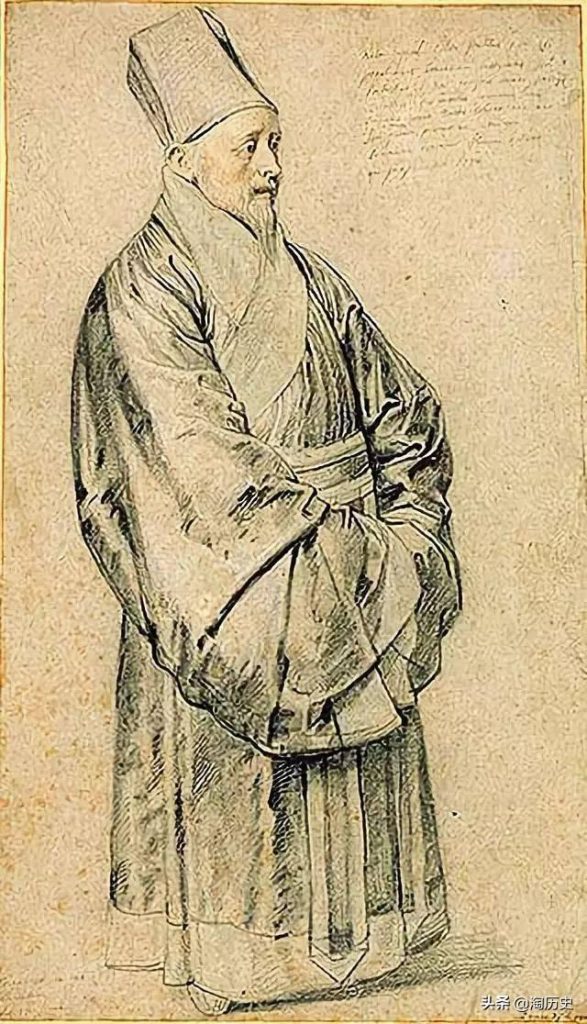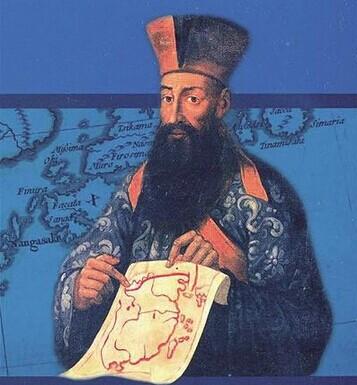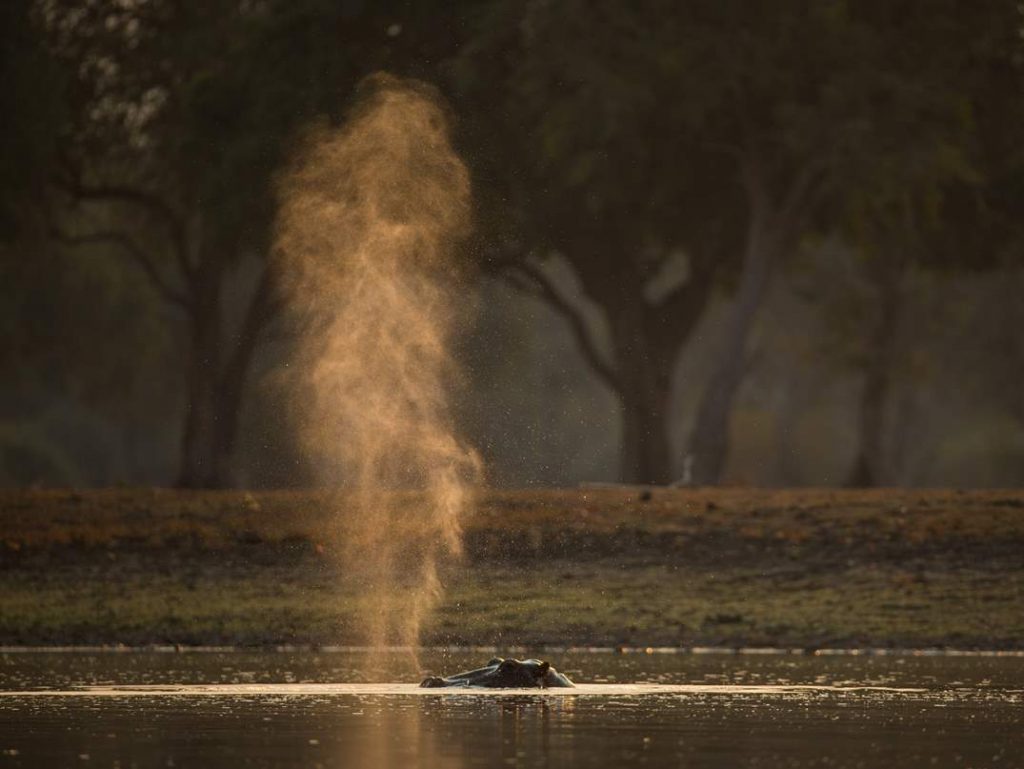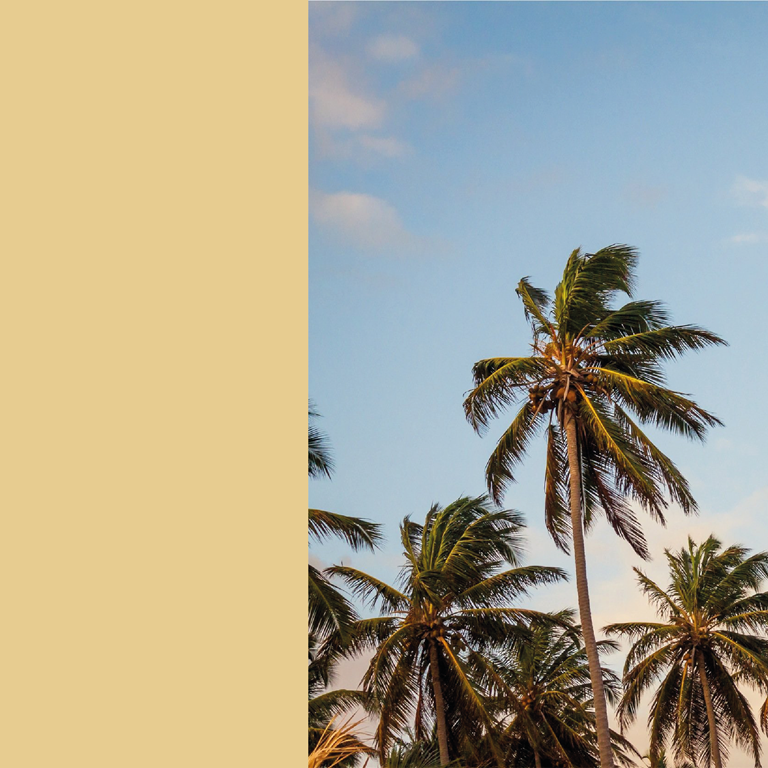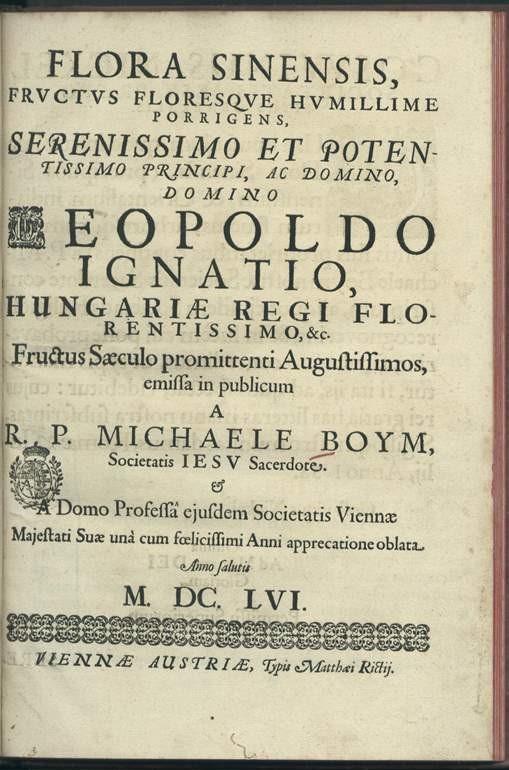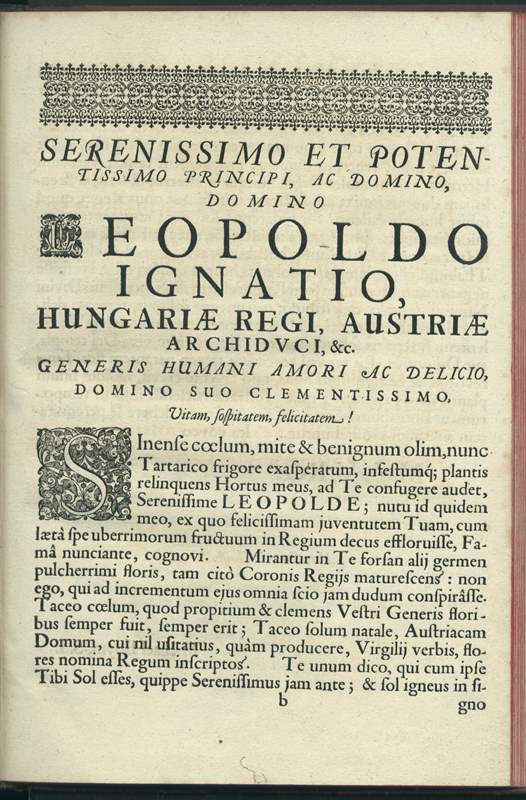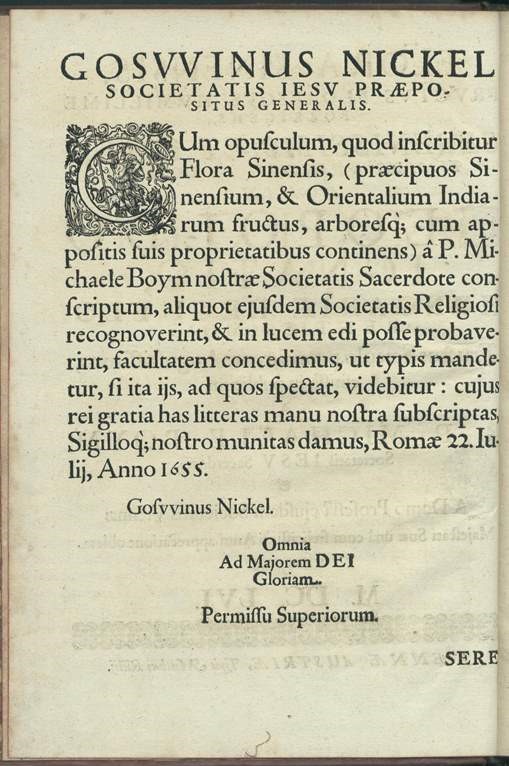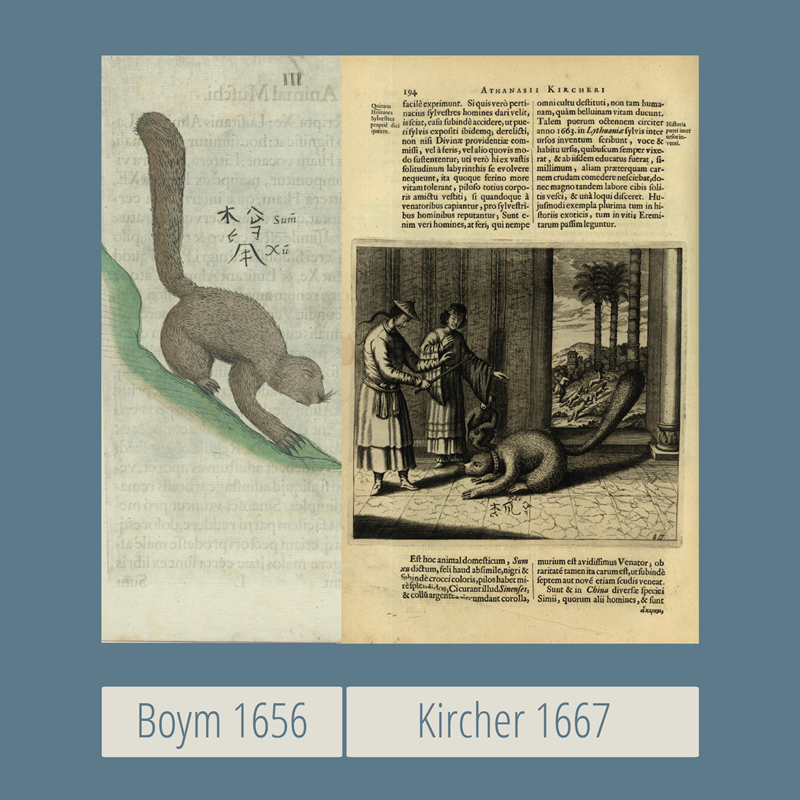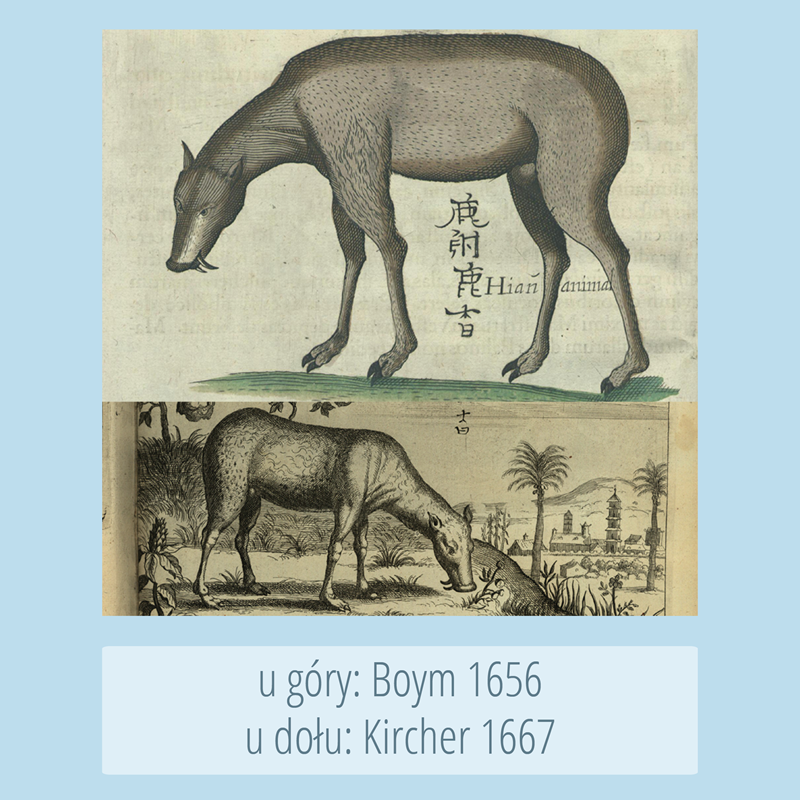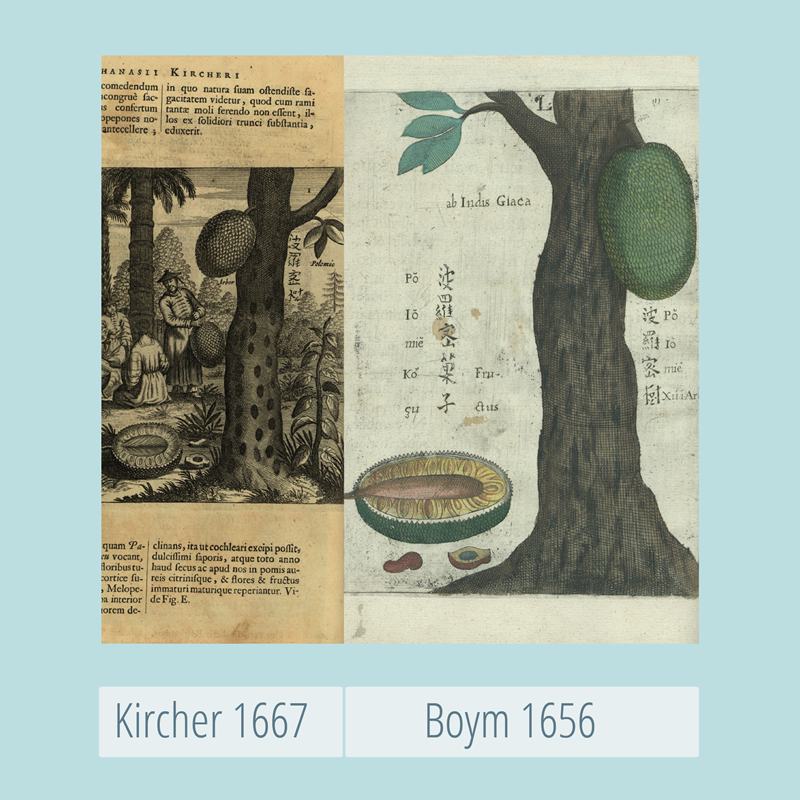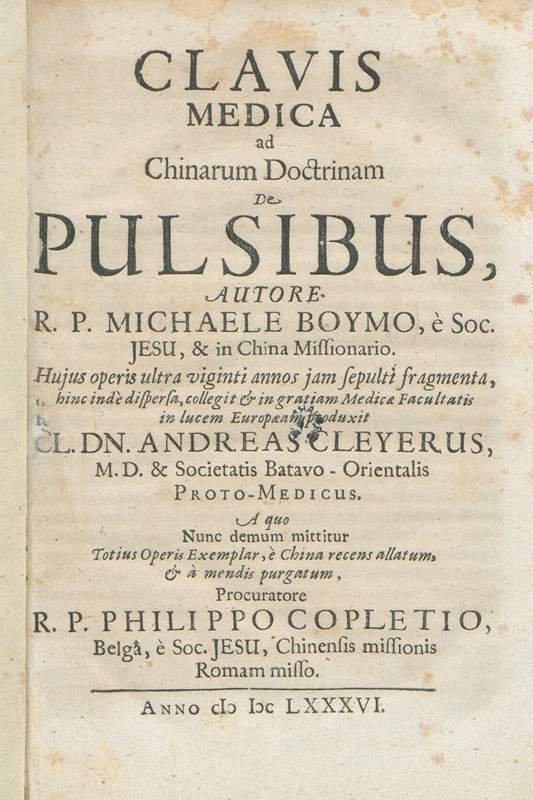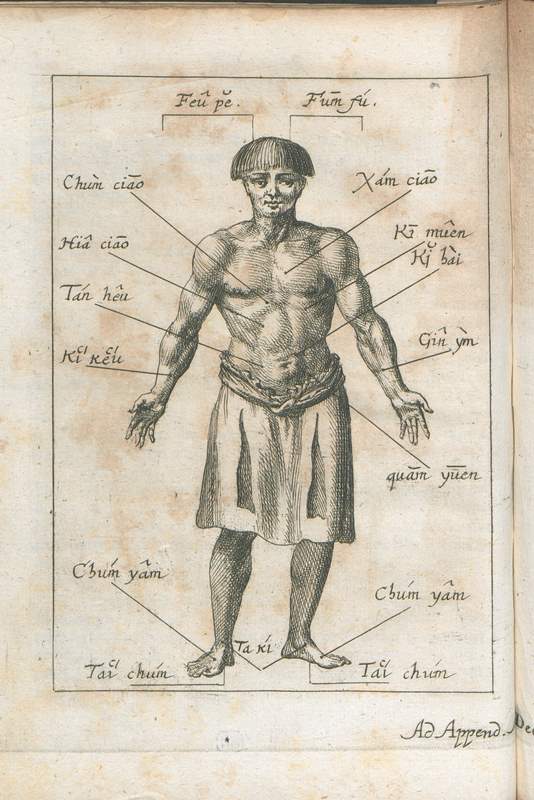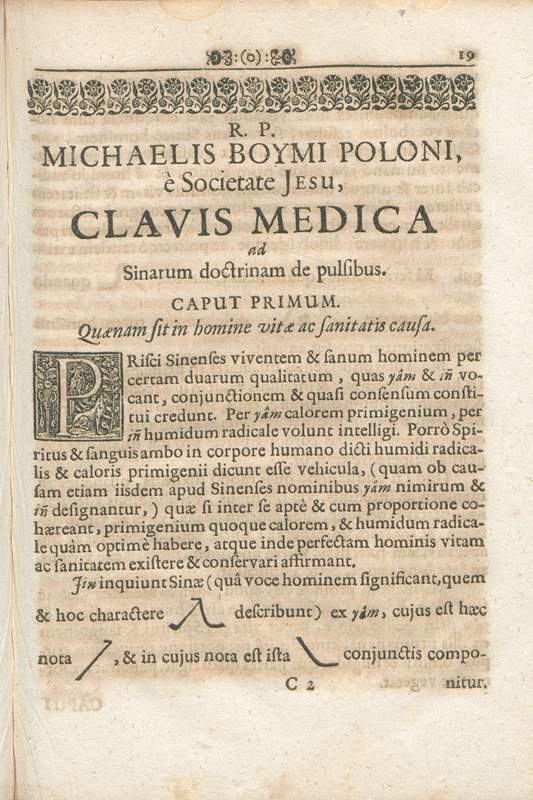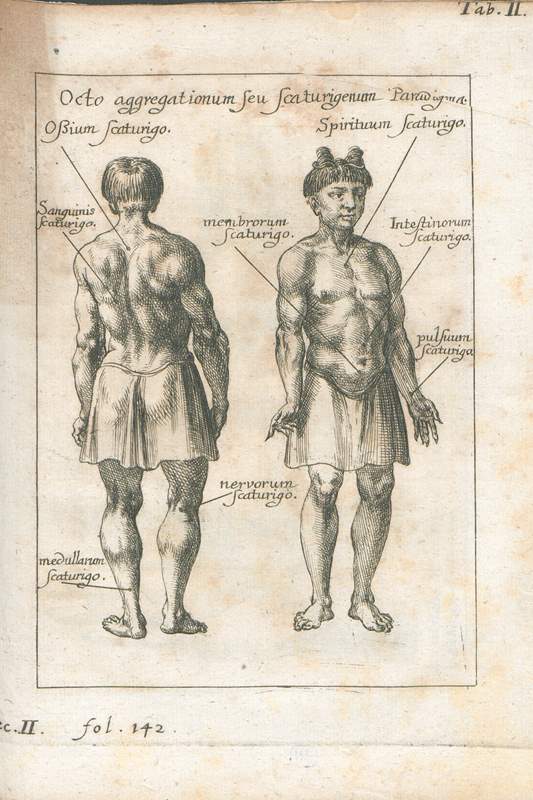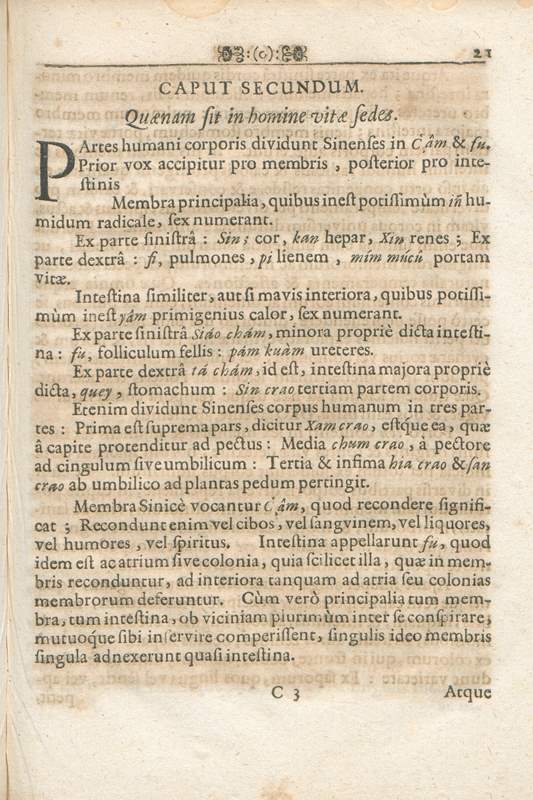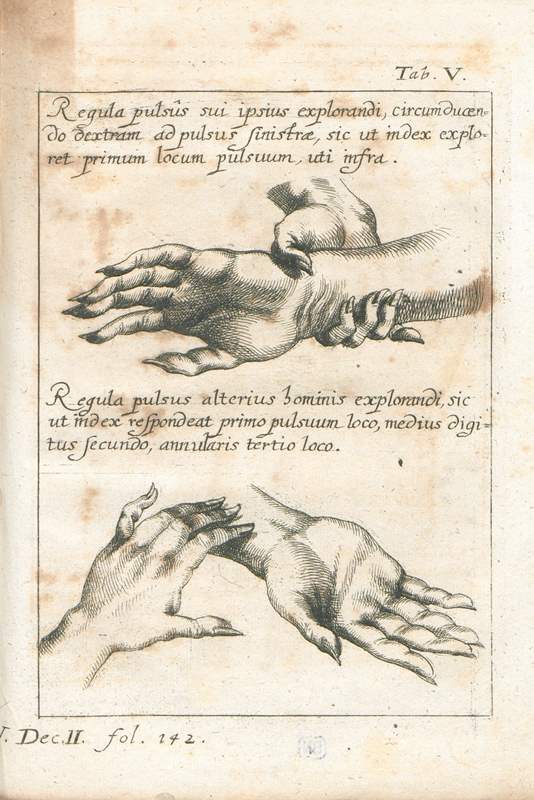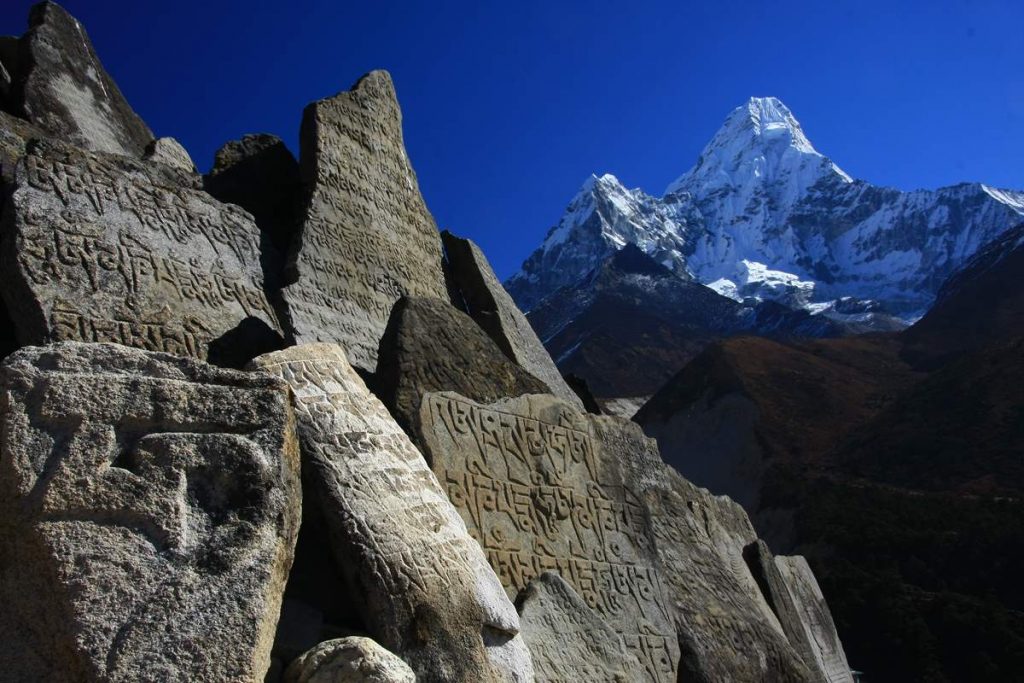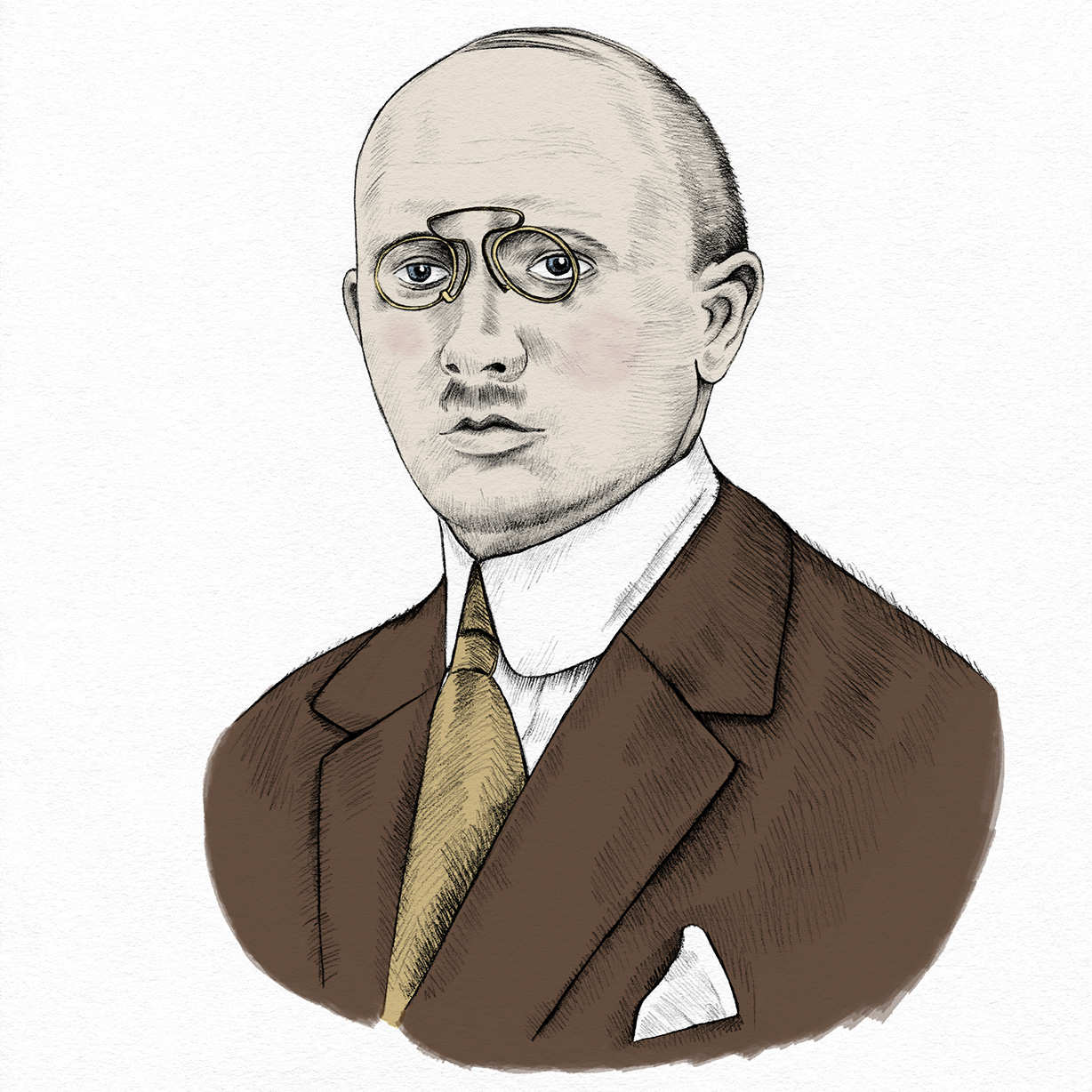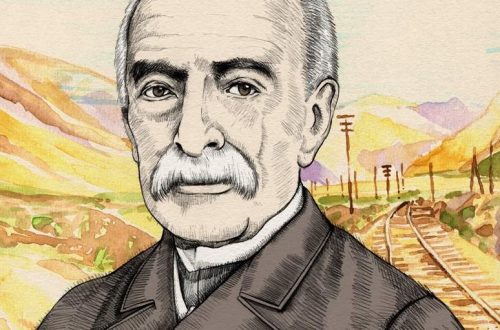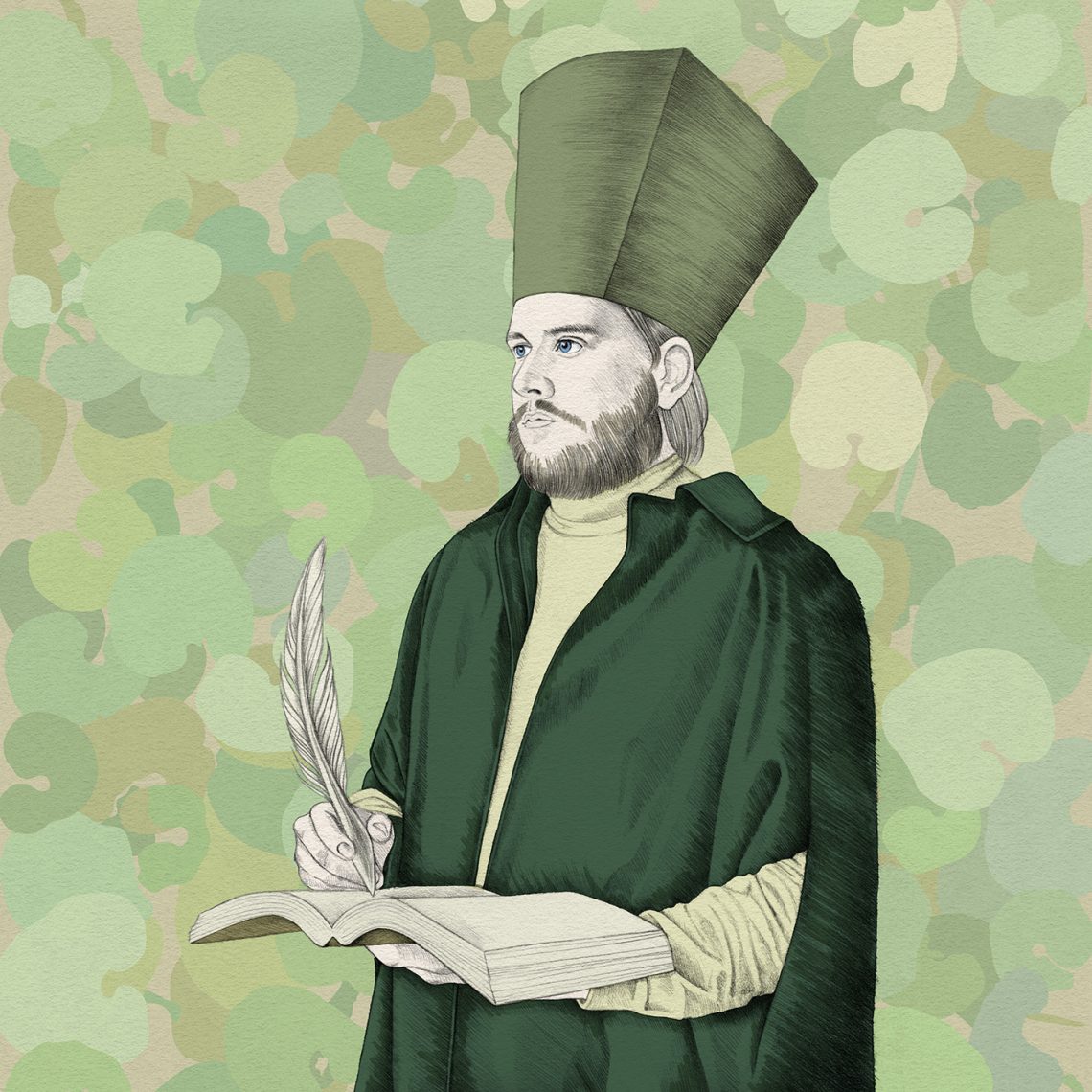
Michał Boym: the first sinologist
For both Poles and Chinese people, Boym is an extremely important and colorful figure. His dedication and devotion to the cause of Ming Dynasty is admirable. Boym was not only a missionary, but also a fearless traveler – his biography could surely become the basis of many movie scripts. (…)
Michał Boym, who always added “Polonus” (latin: Polish man) to his signature, is a key figure for sinology, medicine and botany of that period, considered by many researchers to be the founder of sinology.
Krzysztof Jóźwiak, Michał Boym: Marco Polo ze Lwowa, Rzeczpospolita, 2018.
Michał Boym was born in 1612 in Lviv. The city had been a part of the Polish–Lithuanian Commonwealth for centuries and now is the capital of Lviv Oblast region in Ukraine. Boym’s father was a doctor working as a court physician to Sigismund III Vasa. Thus Michał Boym since childhood had contact with medicine. At young age he expressed great skills in mathematics and biology, and was a talented drawer.
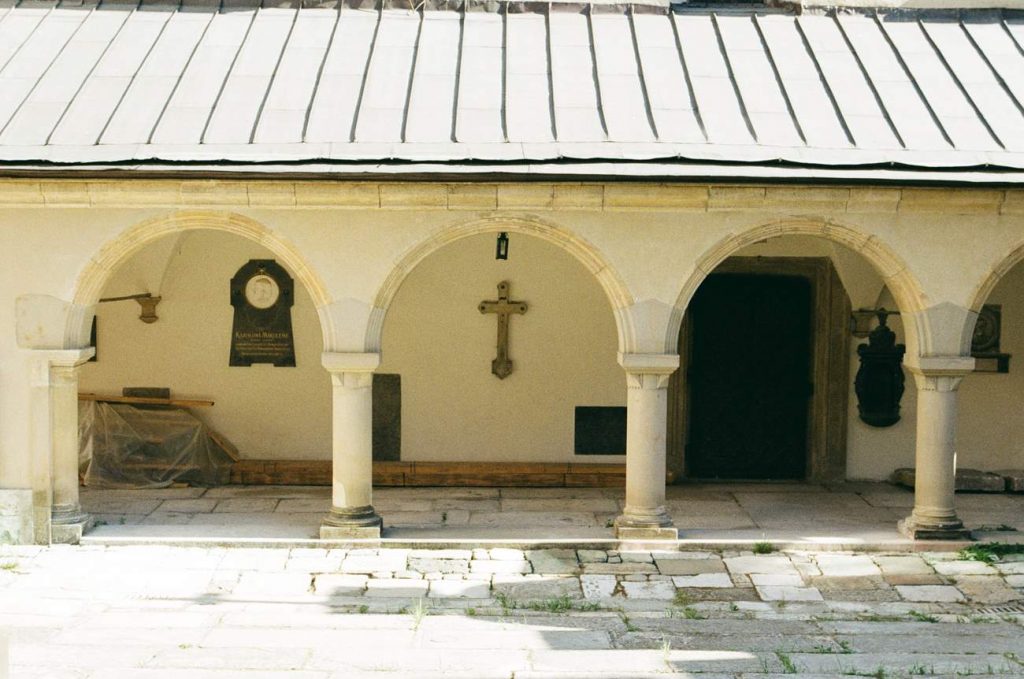
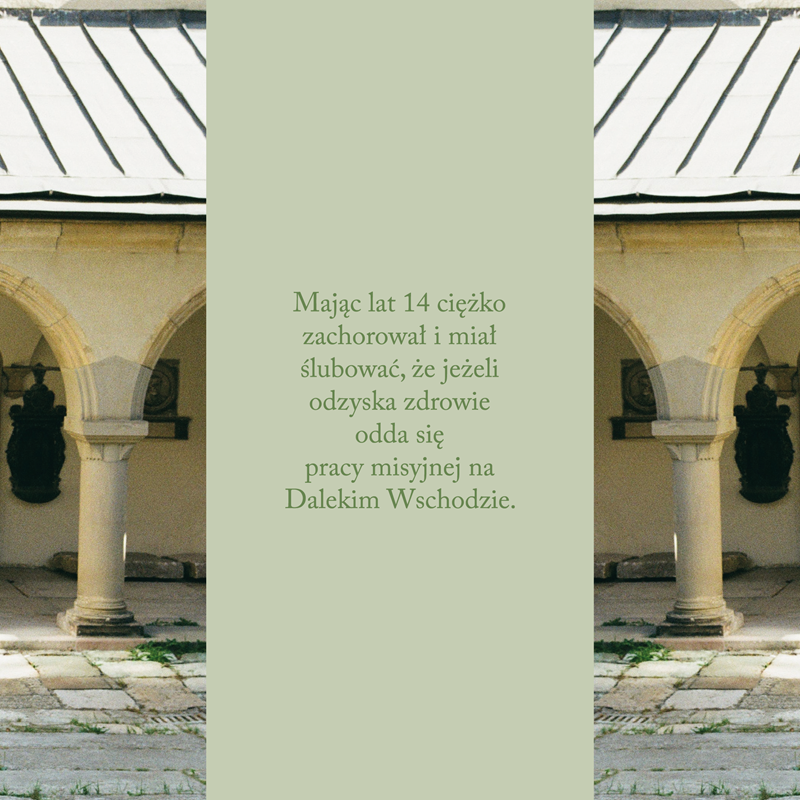
At the age of 14 he became seriously ill and swore that if he recovered, he would devote himself to missionary work in the Far East.
Surviving the disease, Boym applied to Jesuit Order to fulfill his vows, which was already present in the Far East. Rejected nine times he kept on trying and was finally accepted . He studied at the Jesuit College in Lviv and graduated in philosophy and theology in Cracow. At the end of 1643, he set off on his first trip to Asia, spending a winter in Africa on his way. And it is on the island of Mozambique, where he wrote his first paper, which was devoted to local customs, plants and animals with Boym’s own watercolour illustrations (English translation from the Latin original and illustrations available here).
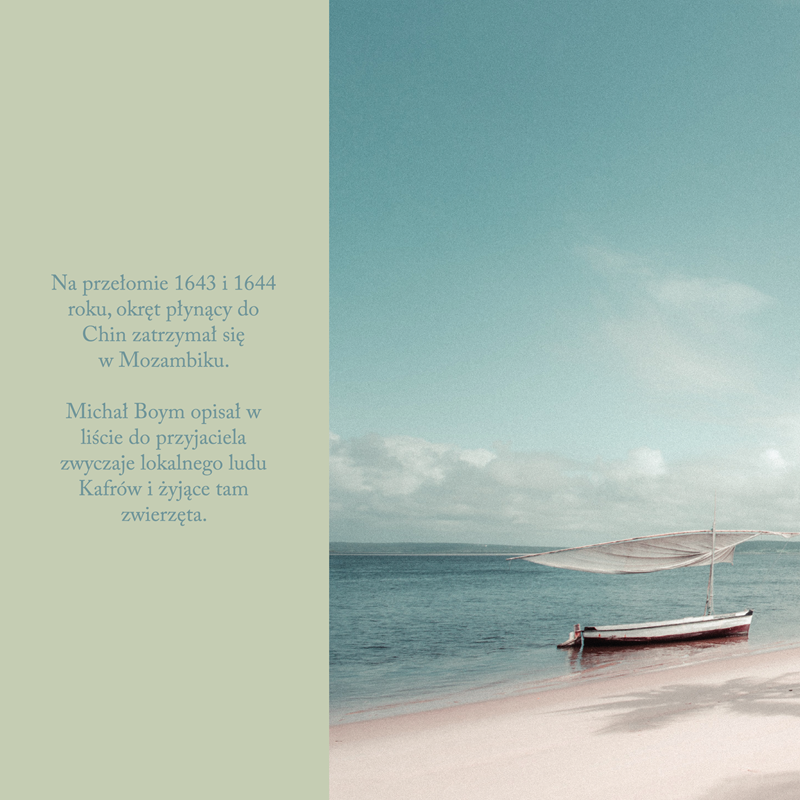
At the turn of 1643 and 1644, a ship bound for China stopped in Mozambique. In a letter to a friend, Michał Boym described the customs of Kaffirs, the local people, and the animals that lived there.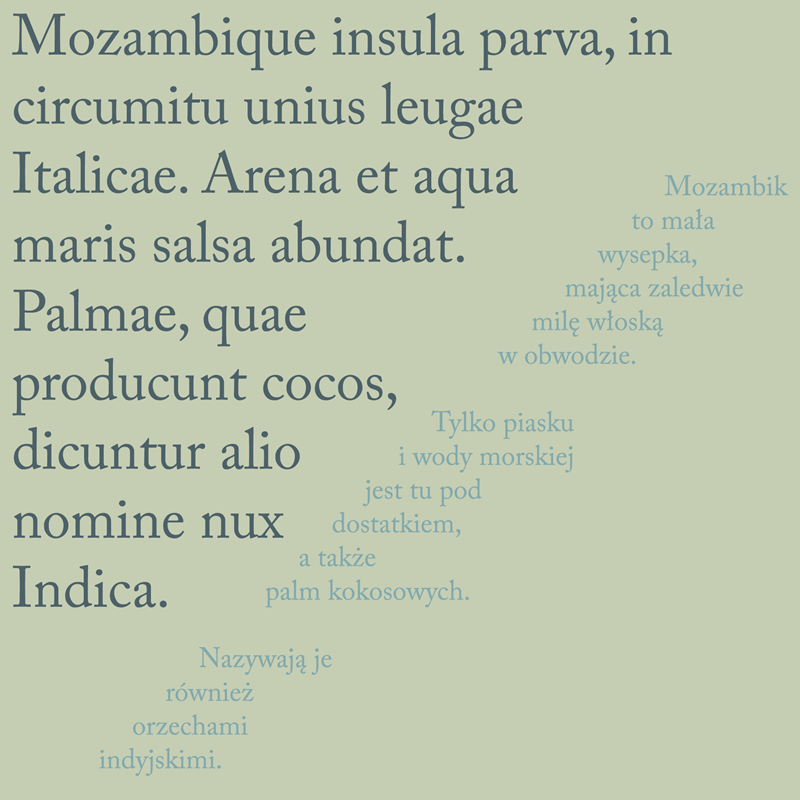
“Mozambique is a small island, about one Italian league in width, abundant in sand and sea salt. Palm trees, which yield coconuts, are called by another name, Indian nuts”.
He set sail in the spring of 1644 and soon reached Macau, a Portuguese city on the east coast of China, where he quickly learnt Chinese. He drew and described Chinese plants and animals, scenes from the life of the Chinese people, and wrote scientific papers on Chinese medicine (a complete scan of the original is available here).
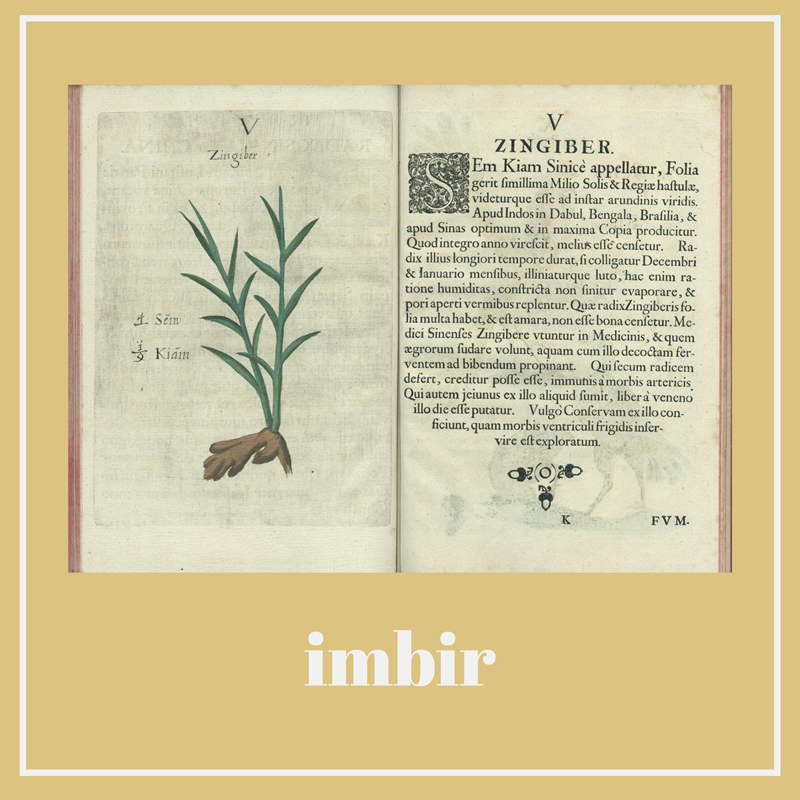
Zingiber 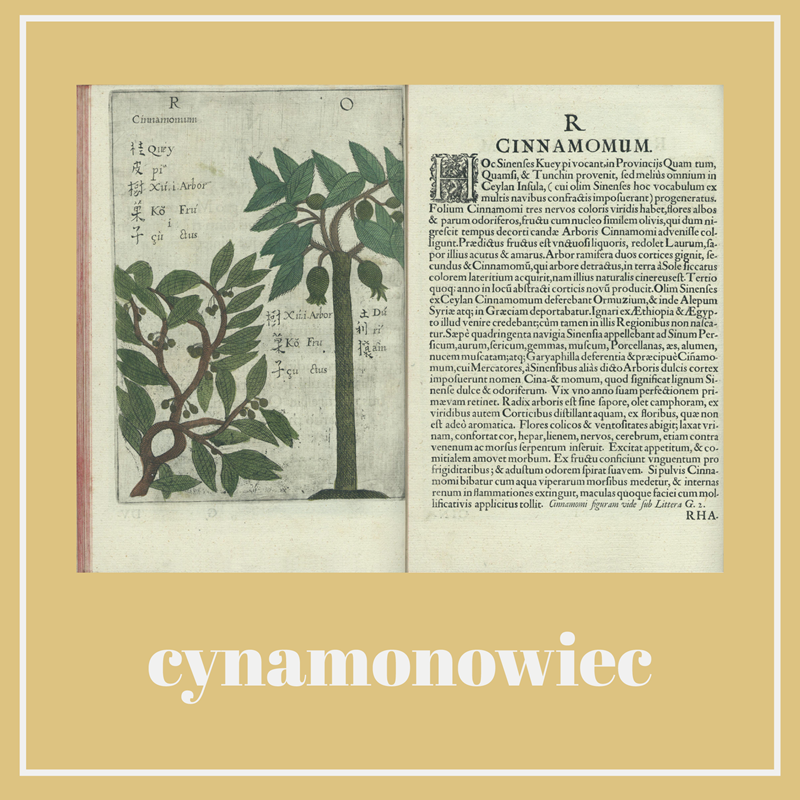
Cinnamomum 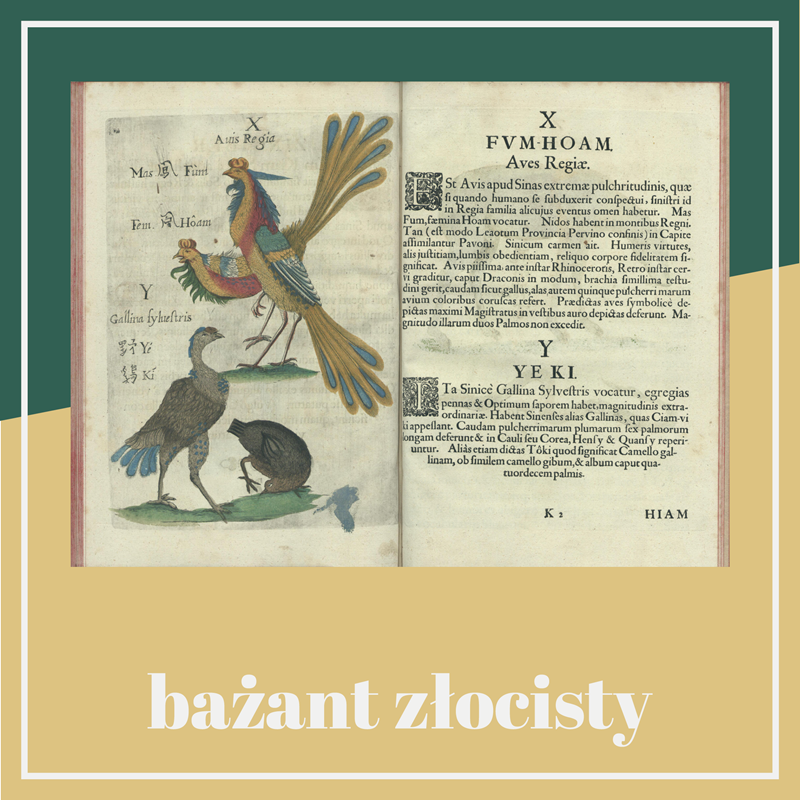
Golden pheasant 
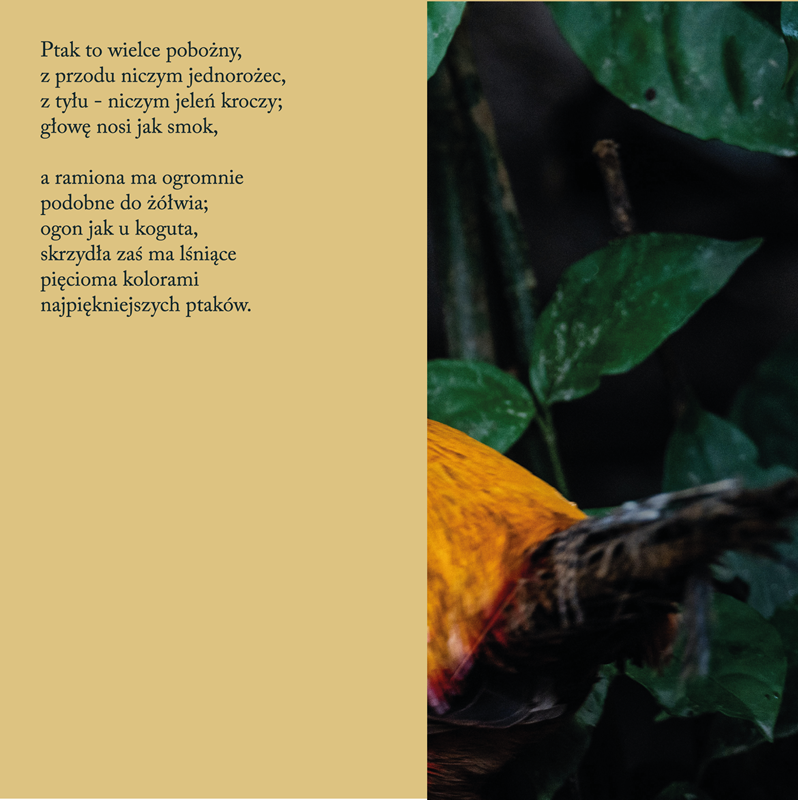
The bird is very pious
in the front like a unicorn
behind – like a deer walks:
he carries his head like a dragon,
and his arms are enormous
and turtle-like;
tail like a rooster,
his wings are glistening
five colors
of the most beautiful birds
Apart from Boym, there was no botanist in China in the 17th or 18th century who would publish anything himself based on his own observations and experiences
Edward Kajdański, Michał Boym. Ostatni wysłannik dynastii Ming, Wydawnictwo Polonia, Warsaw 1988, p. 132.
Boym was the author of numerous maps of Asia, including the first European atlas of China, entitled Magni Catay, containing 18 maps of Chinese provinces with drawings of animals and plants as well as scenes from the life of the Chinese on the margins (available in digital version on the Vatican Library website). He was the first to confirm that “Cathay” by Marco Polo, “Serica” by Ptolemy and “China” in Portuguese was in fact the same country, which was in no way obvious in Europe at that time.
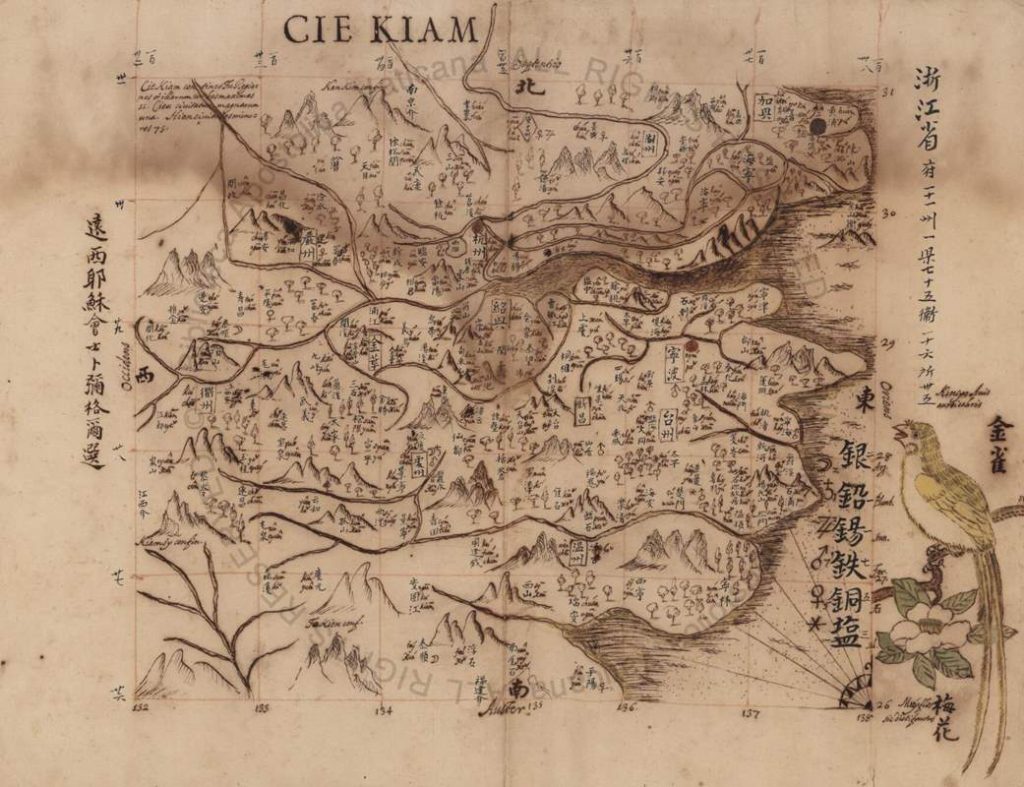
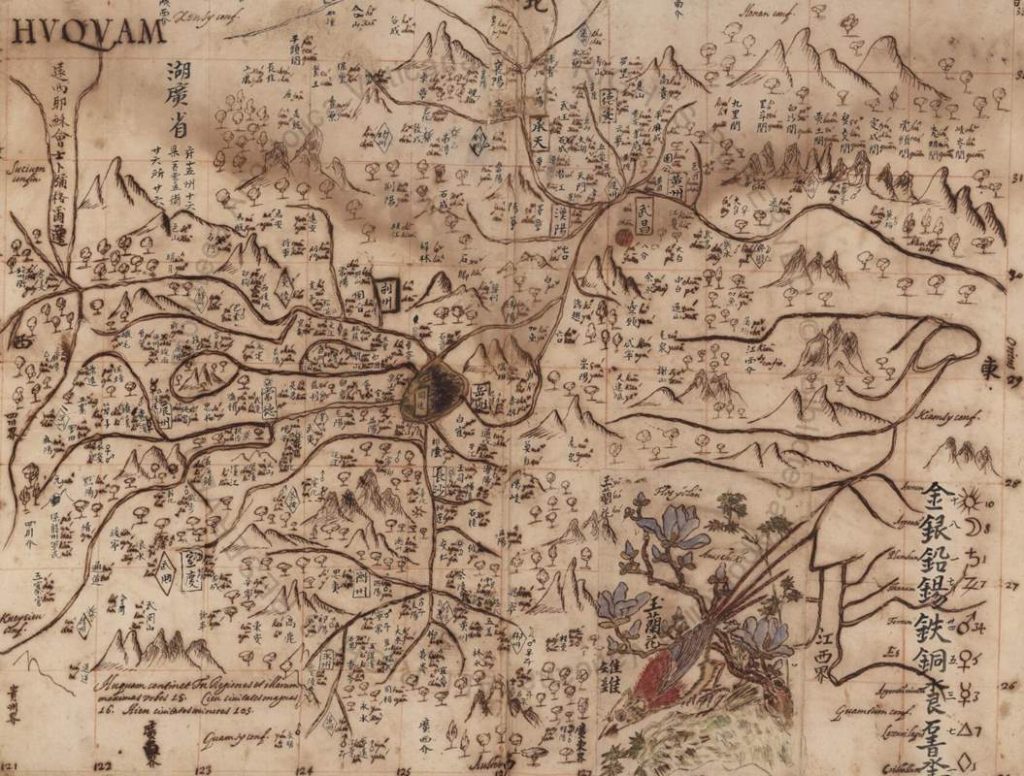
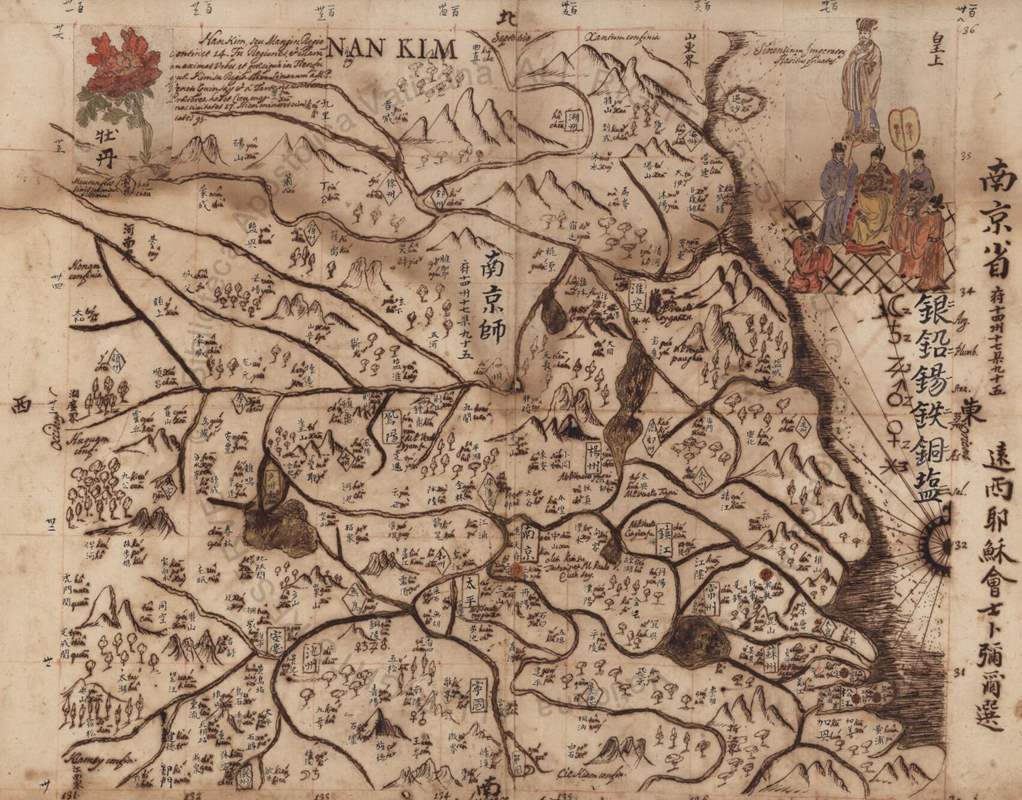
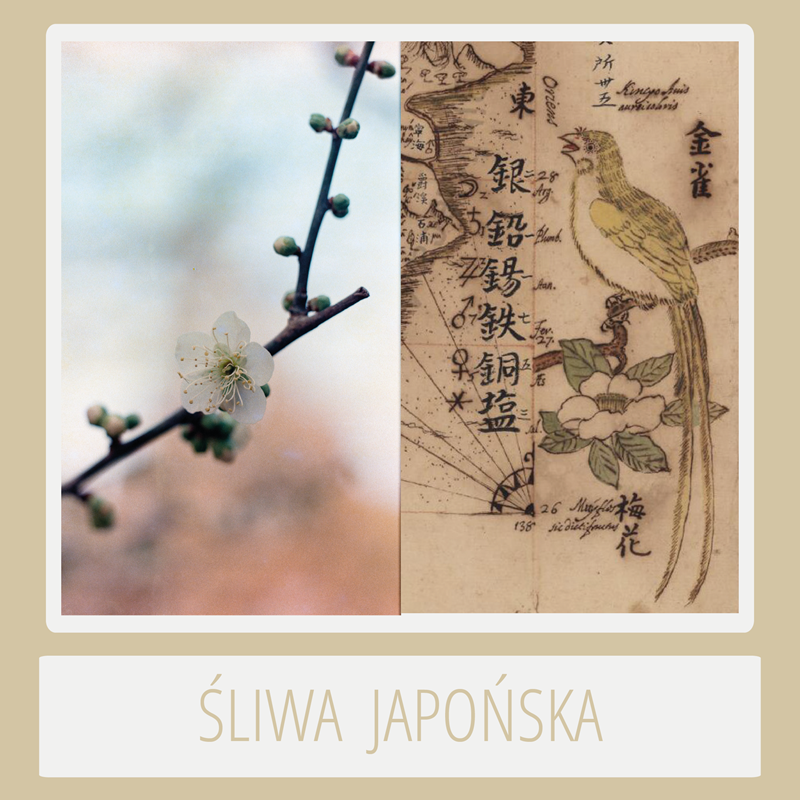
Prunus salicina 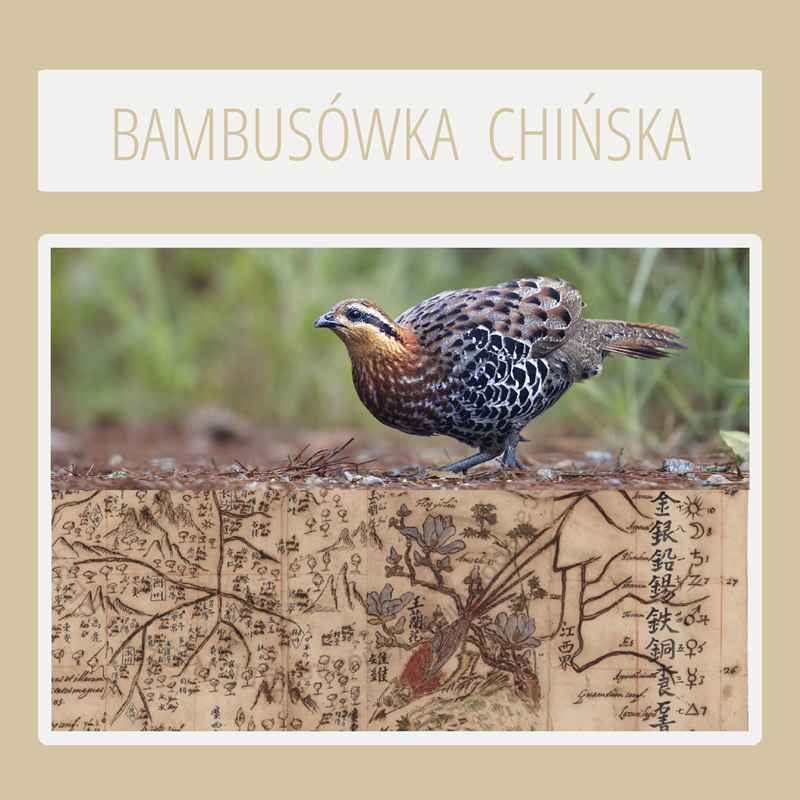
Chinese bamboo partridge 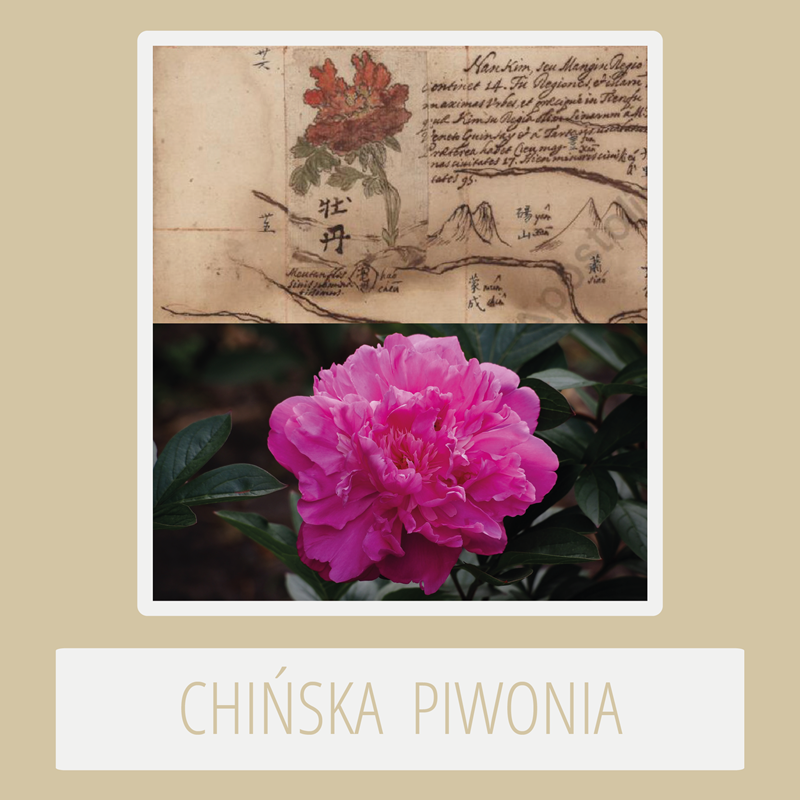
Chinese peony
A few years later, the Emperor of China, in the face of the upcoming war with the Manchus, appointed him as a personal ambassador and sent him to the Pope with a letter from himself and from his wife – Empress Helena.
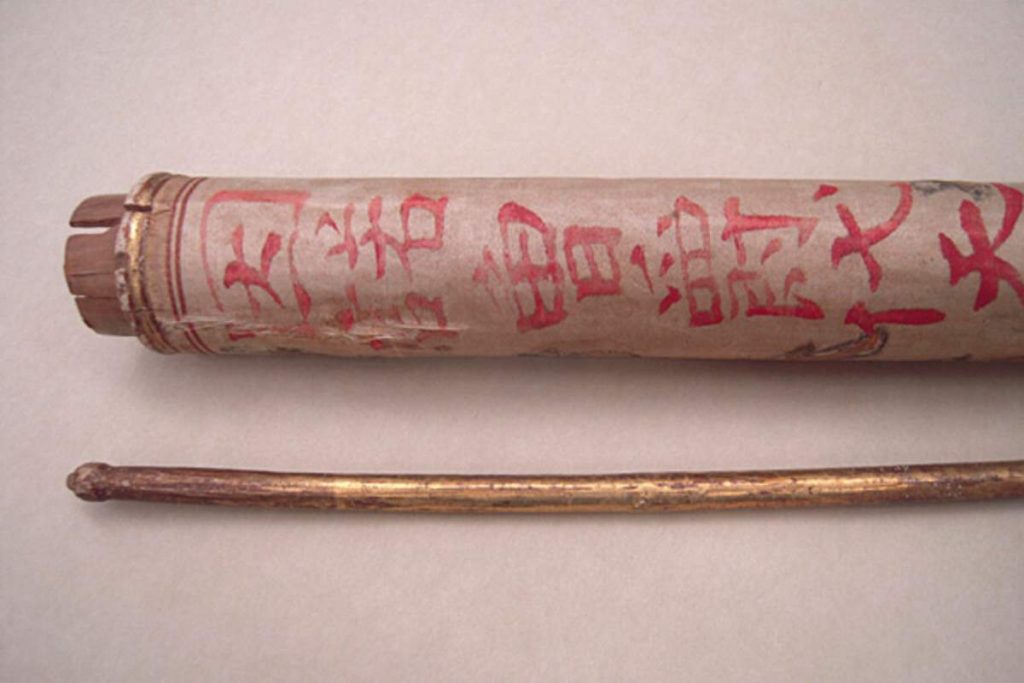
Empress Helen’s letter to the Pope, painted with a brush on yellow silk
Boym’s conflicts with the Portuguese, who controlled the coastal city of Macau, forced him to return to Europe by land. Along the way, in a church in Smyrna (now Izmir in Turkey), Boym read for the first time in public his short report about the situation in China (Brevis relatio…), which quickly echoed widely throughout Europe.
It was a real bestseller of the time. Within two years of its first publication, translations were published in Italian, French and German. Boym’s work was included in numerous later compilations and translated into English, Dutch, Portuguese, Spanish and others. The Polish translation was only published in 1756..
Edward Kajdański, Michał Boym. Ostatni wysłannik dynastii Ming, Wydawnictwo Polonia, Warsaw 1988, p. 8.
Making his works public without a consent of the Church authorities, cooperation with the French ambassador (then opponent of Rome), sending letters concerning the spread of Christianity in China to several European universities (in which Boym expressed his appreciation for the teachings of Confucius) and representing a Chinese dynasty as an envoy, resulted in hostility towards Boym, who had been sent to solitary confinement in Loreto for several years, while awaiting an audience at the Vatican. He was invited to Vatican only after the death of reluctant Innocent X and Alexander VII becaming the Pope. The new Pope responded to Chinese emperor’s letters and Boym headed back to Asia.

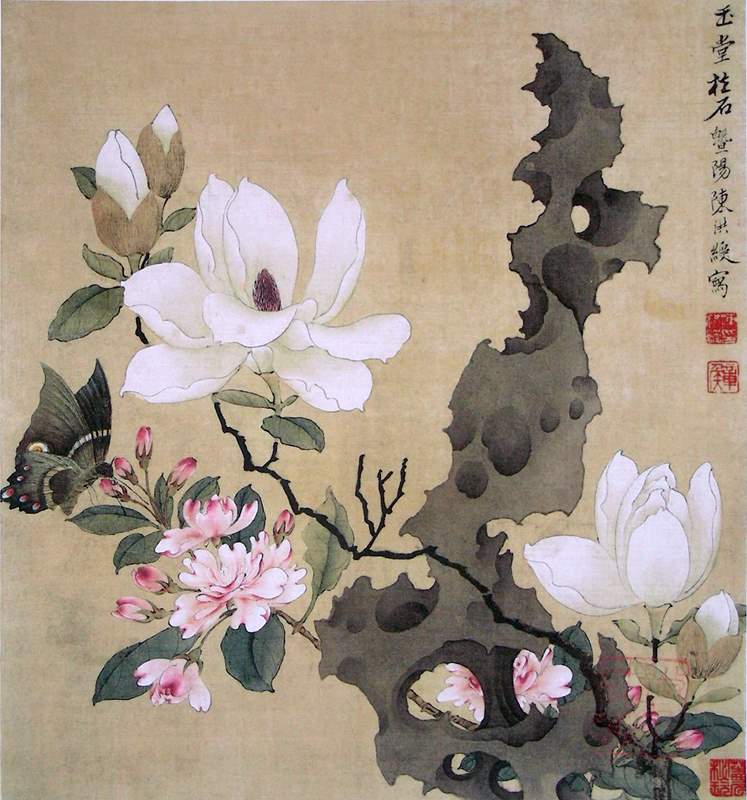
“Magnolia and Erect Rock”, Chen Hongshou, 17th century, China
In 1656, Michał Boym’s Flora Sinensis (Latin: Flora of China) was published in Vienna- the first-ever European scientific work on plants and animals of China. It was illustrated with author’s beautiful illustrations, in some editions hand-painted in watercolor.
The second published work of Boym – Flora Sinensis – (…) was the first European publication on the nature of the Far East and Southeast Asia. Although it’s not so large, it contained the only information on the flora and fauna of China for almost a hundred years, and the figures illustrating it were the only materials on this subject known in Europe. It was reprinted many times by the authors of widely-read compilations, and also used by authors who knew China from their stay: J. Nieuhof, A. Kircher, J. Jonston, M. Thevenot, O. Dapper, L. Le Cromte, P. Van der Aa, J. Ogilby, JB De Halde, and finally J. Green and T. Astley. A compilation of the latter, containing a dozen or so drawings from Boym’s Flora Sinensis, was published in London in 1743-1749 – almost a century after Boym’s publication.
Edward Kajdański, Michał Boym. Ostatni wysłannik dynastii Ming, Wydawnictwo Polonia, Warsaw 1988, p. 130.
Boym was the first ever European researcher to describe numerous species of Asian plants, such as the bread tree, persimmon tree (which produces the popular fruits of sharon or kaki), lychee, banana or loquat.
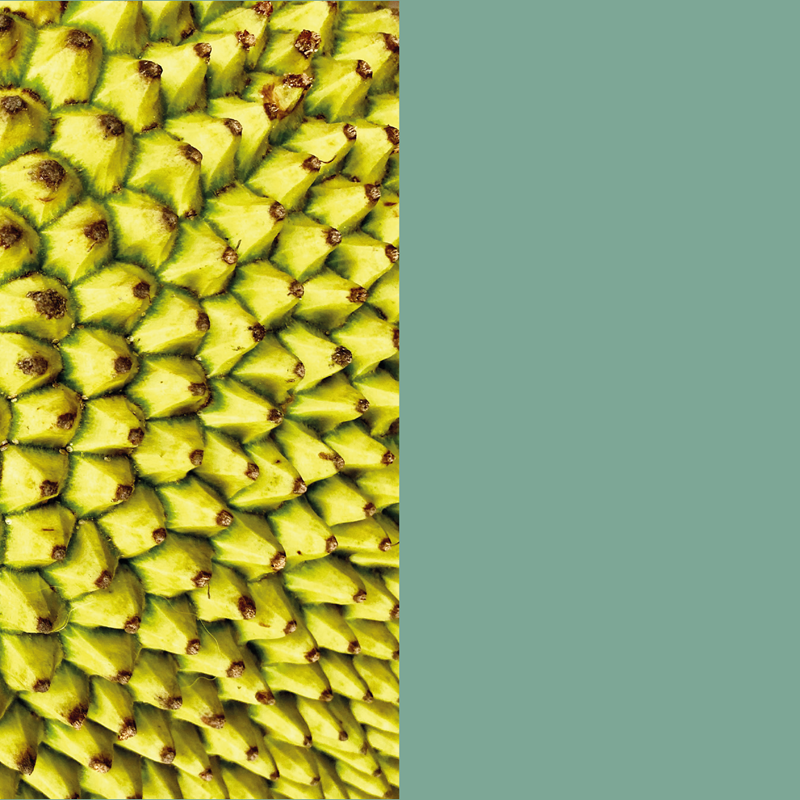
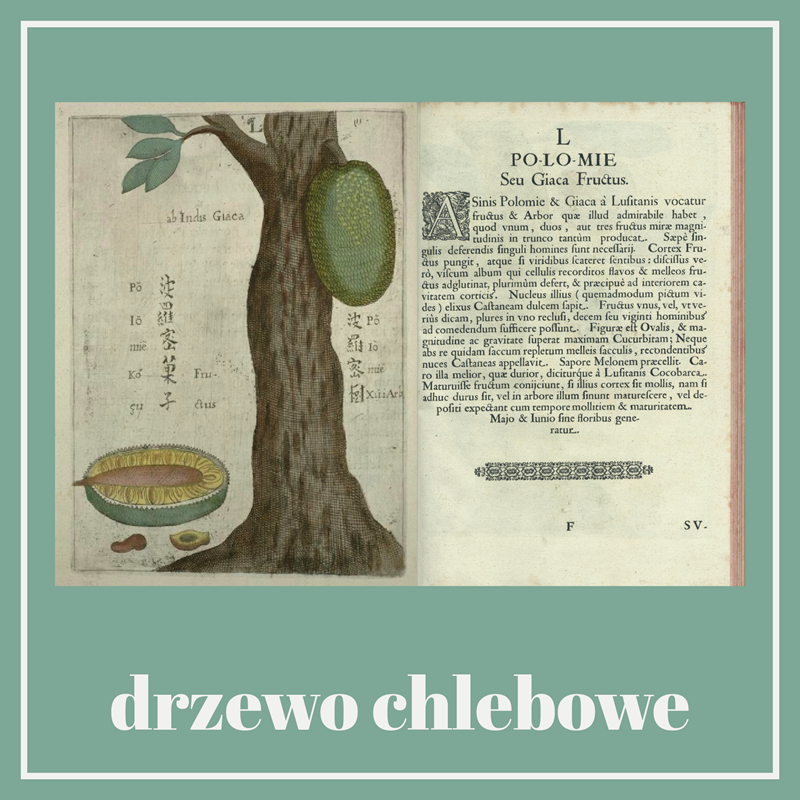
Breadfruit 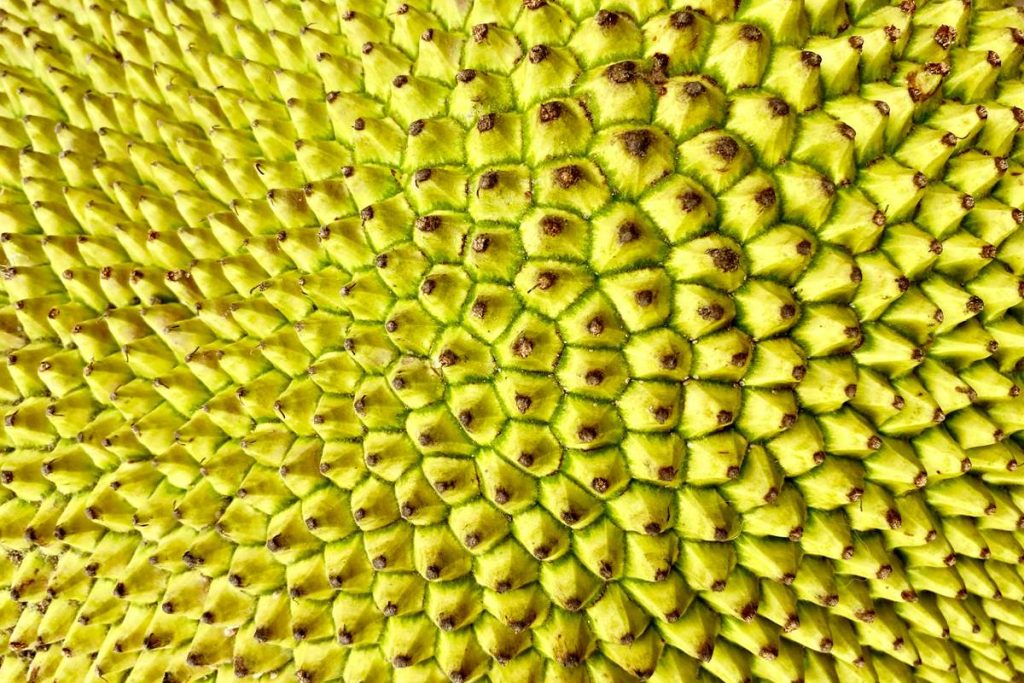
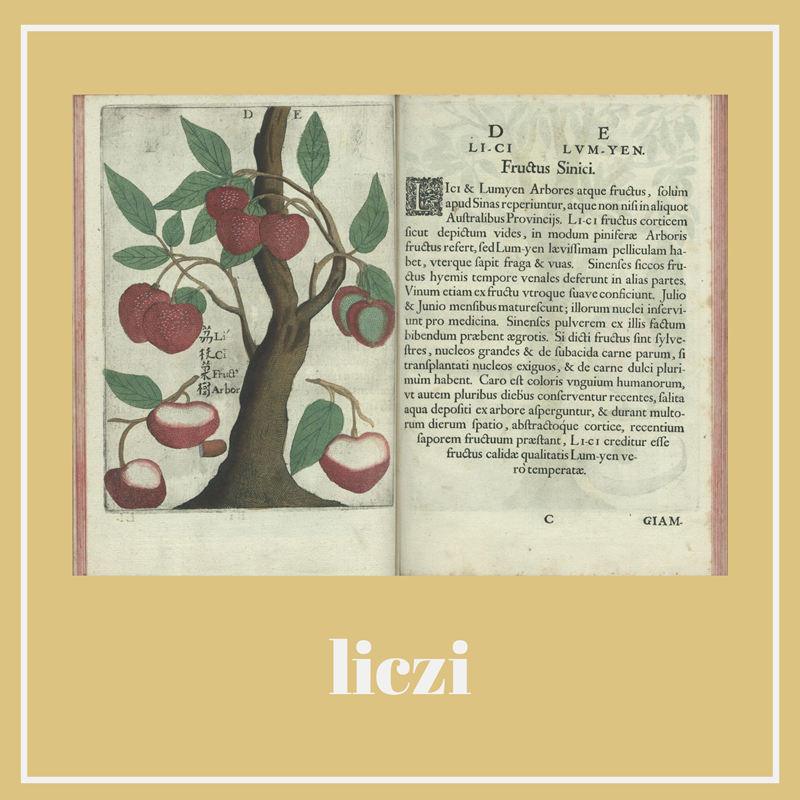
Lychee 
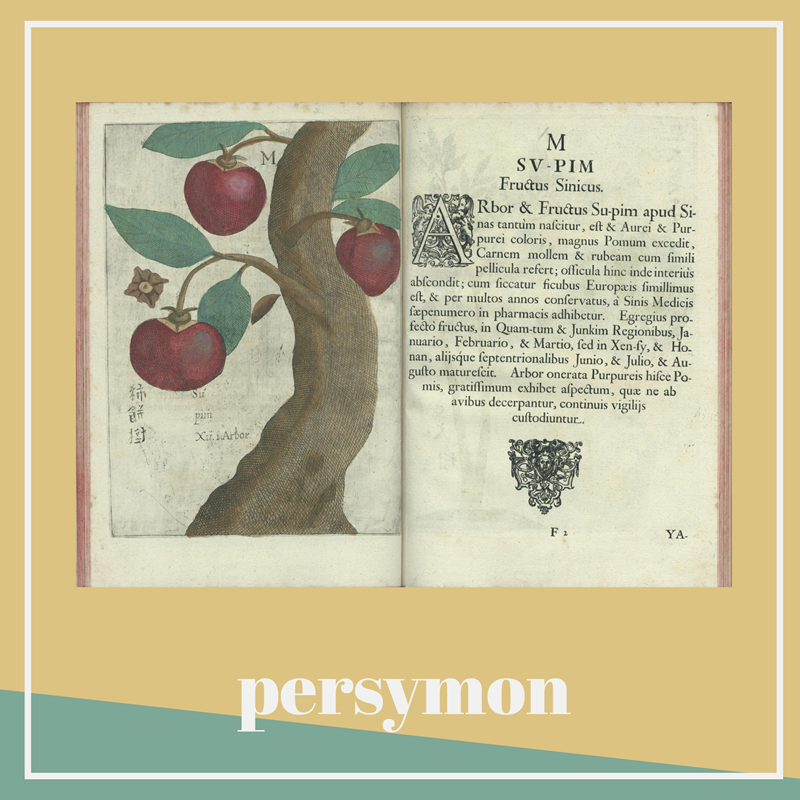
Persimmon tree
Boym’s works were often plagiarized, nonetheless they did serve as an inspiration for further studies on China. This was the case with the famous work of China Illustrata by Athanasius Kircher, published 1667, who simply copied Boym’s illustrations, basing on research and notes of the missionary from Lviv.
Michał Boym was also the first European author to ever publish scientific papers on Chinese medicine. They have, among others, described Chinese natural medicine diagnostics of diseases, heart rate tests. Published after Boym’s death (in fragments) under the titles of Specimen Medicinae Sinicae and Clavis medica ad Chinarum doctrinam de pulsibusi. The manuscripts of the treaties were entrusted by Boym to a friend shortly before Boym’s death, so that he would bring them to Europe. However, on the way, they fell into the hands of Andreas Cleyer, a German trader in the service of the Dutch forces, and at the same time the most famous plagiarist of Boym’s works, who published them in print, claiming their authorship (a detailed description of the work and the history of plagiarism available here).
When Boym returned to China with the Pope’s letters, he found the country almost completely conquered by the Manchus. He had to cross the mountains from Hanoi in Vietnam to reach the last forces of the Ming dynasty led by the emperor, but no one wanted to take the role of a guide. Boym set off on a dangerous journey with his long-time friend and companion, Andrew Zheng. However, he did not reach the emperor – Michał Boym died of exhaustion. Andrew Zheng buried him, the grave has never been found.
Bibliography and sources:
- Edward Kajdański, Michał Boym. Ostatni wysłannik dynastii Ming, Warsaw 1988.
- Edward Kajdański, Michał Boym. Ambasador Państwa Środka, Warsaw 1999.
- Monika Miazek, Flora Sinensis Michała Boyma SI, Gniezno 2005, available here.
- Walter Simon, The Attribution to Michael Boym of Two Early Achievements of Western Sinology, Asia Major, nr 7/165/1959, available here.
- Krzysztof Jóźwiak, Michał Boym: Marco Polo ze Lwowa, Rzeczpospolita 2018, available here.
- Włodzimierz Kalicki, Jak polski jezuita ratował chińskie cesarstwo. Nasi tam byli, Duży Format, Gazeta Wyborcza 2016, available here.
- Mateusz Będkowski, Michał Boym – w służbie Jego Cesarskiej Mości, ostatniego władcy Chin z dynastii Ming, Histmag 2017, available here.
- 梁志成来源, 明末有位外国人,研究中国文化比马可波罗深入,还为中国献出生命, 《百家讲坛》2018, available here.
- 由 历史有妖气 發表于历史, 这个欧洲人成为明朝最后一个外交官,花了10年时间,只为反清复明, 2019, available here.
- Texts and studies from the website www.michalboym.pl available here.
In the article translations of Boym’s works from Latin into Polish from the books of Edward Kajdański and Monika Miazek were used. The article was written thanks to the consultation of the sinologist Jakub Filip.
Graphics and illustrations: Małgorzata Bochniarz-Różańska
Text: Filip Jegliński

